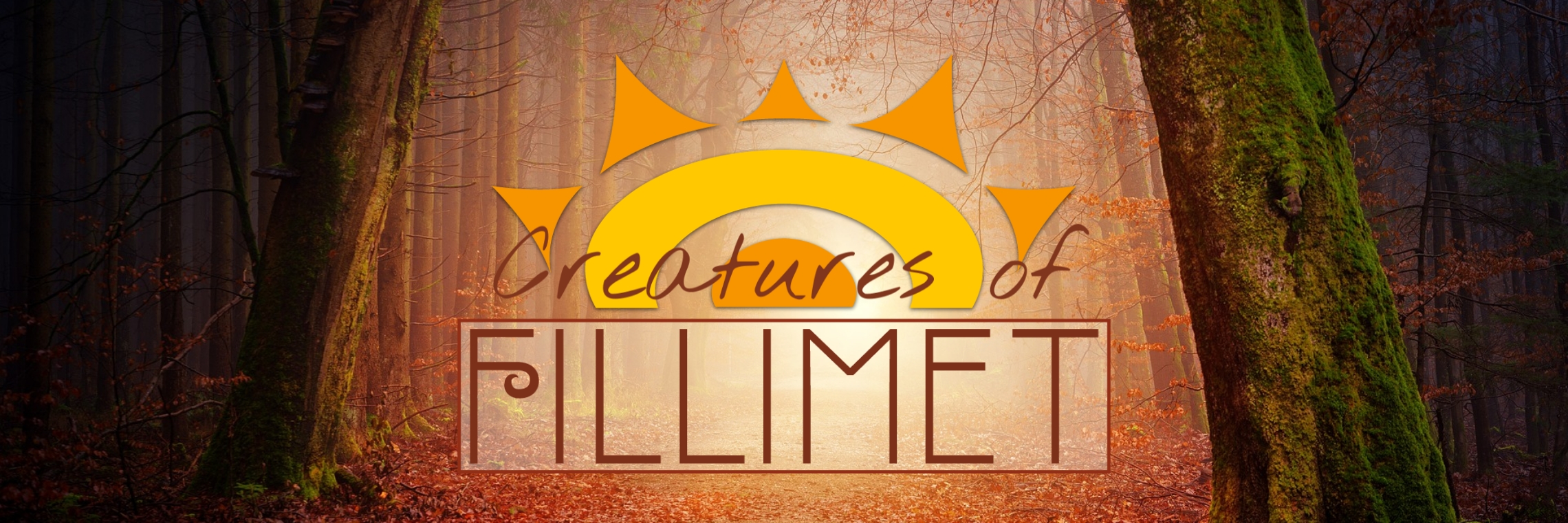Freshwater Squirrel
Freshwater squirrels are a common sight along slow or still bodies of fresh water. They are curious by nature and prone to disrupting water wheels and irrigation trenches along their water habitats. Their fur is highly prized for its insulating and water repellent properties.
Basic Information
Anatomy
Freshwater squirrels possess two pairs of limbs ending in four-clawed paws, with thin membranes stretched between each toe to aid in swimming. Unlike the typical bushy tail of most squirrels, freshwater squirrels possess a long, thin paddle-like tail used for propulsion through water as well as for self defence, or even as extra support when constructing their nests.
Freshwater squirrels are covered entirely in a thick and oily layer of fur, and they groom often to maintain not only their oil waterproofing but also the air pockets within their fur. These air pockets serve as insulation as well as an emergency air supply if they spend too long underwater. Their natural Anemancy allows them to pull air for breathing out of the water when available but also retrieve air from the pockets within their fur in case of emergency.
Ecology and Habitats
Freshwater squirrels make their homes around lakes, marshes, and slow flowing streams. They construct nests around the edges of bodies of water, digging underwater entrances into underground dens in deeper bodies of water or building small above ground dens or dams in more shallow water. The nests are typically lined with young tree growths gnawed from a donor plant with their large front teeth, and then filled with plant matter for comfort.
Dietary Needs and Habits
While freshwater squirrels consume mostly plant matter they are actually omnivores, augmenting their diet with Fish, Shellfish, and other freshwater seafood. Unlike most squirrels they do not store food for the cold season although they may eat the inside linings of their nest to augment their diet if food is scarce.
Additional Information
Social Structure
Freshwater squirrels are highly territorial, living in small family groups consisting of a mating pair and their adolescent offspring. They mate for life and both parents assist equally when raising their offspring.
Uses, Products & Exploitation
Freshwater squirrel fur is extremely warm and easily treated to retain its waterproofing qualities. For this reason it remains extremely popular among sailors and those working outdoors, particularly in cold climates. The Igoris Outpost relies extensively upon freshwater squirrel fur for their outerwear when braving the frigid continent of Igoris for their research.
Facial characteristics
Like all squirrels the incisors of freshwater squirrels never stop growing, requiring them to constantly gnaw on plant life to maintain their teeth at a manageable size. The incisors of freshwater squirrels are remarkable due to their larger size and high iron content, providing additional strength to bite through tough vegetation and even trees.
Genetic Ancestor(s)
Scientific Name
Sciurus castorus
Lifespan
7 to 15 years
Conservation Status
Least Concern
Average Height
8 to 24 in
Average Weight
1 lb to 2.5 lbs
Body Tint, Colouring and Marking
Freshwater squirrels typically appear a deep brown, with fur in varying tints of brown and gray. Rarely a freshwater squirrel may be born mostly black or a highly faded gray, but these colorations are rare.





Love that something so simple can have so much importance. I like that the appear as a blend of squirrels and beavers in a way. The way others desire their pelts and the awesome details about their territorial nature and even teeth characteristics are also an excellent touch. Well done!
Thank you! I have found myself rather obsessed with squirrels lately. And you're right. I borrowed from beavers and also muskrat.
Necromancy is a Wholesome Science.
ooo i didnt think bout muskrats! nice! love the snow squirrels too.